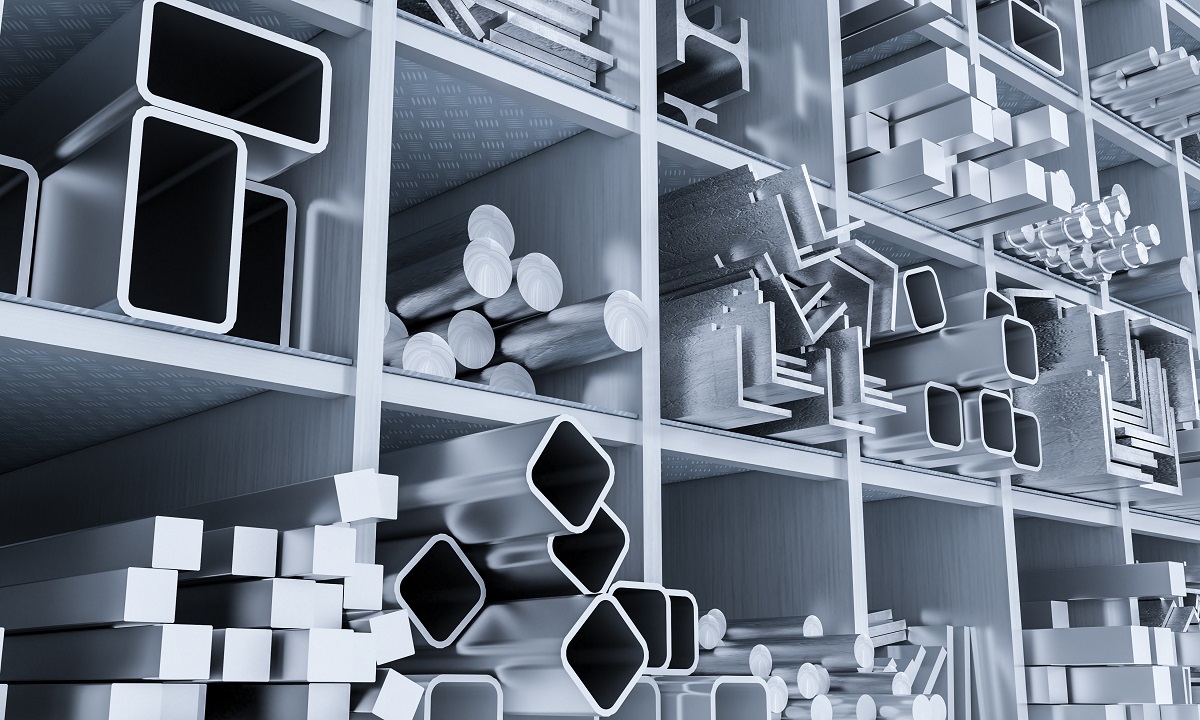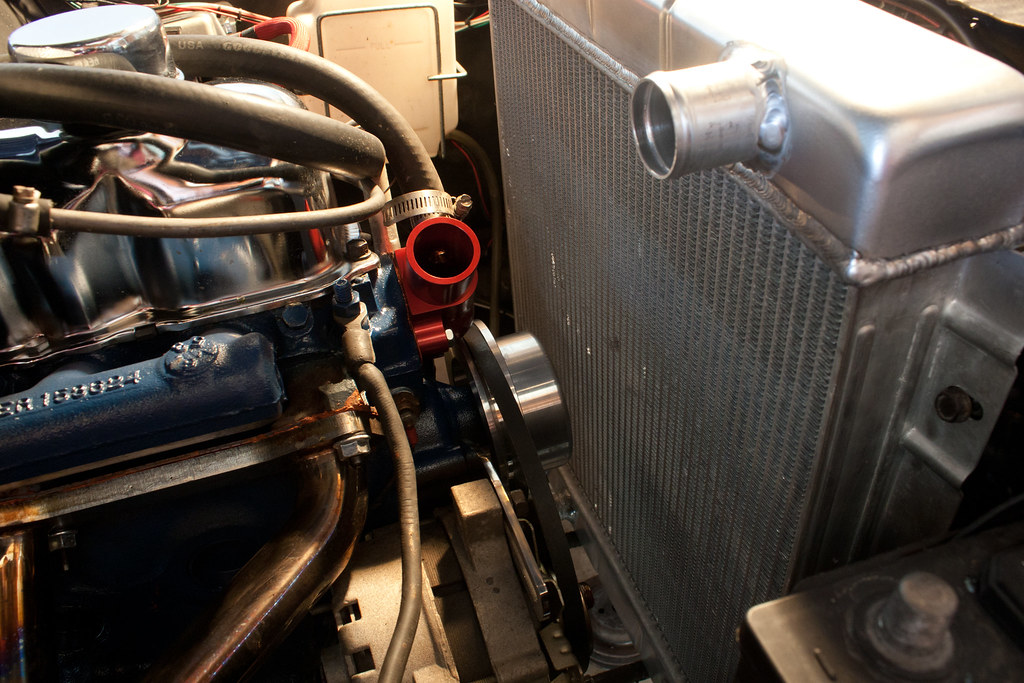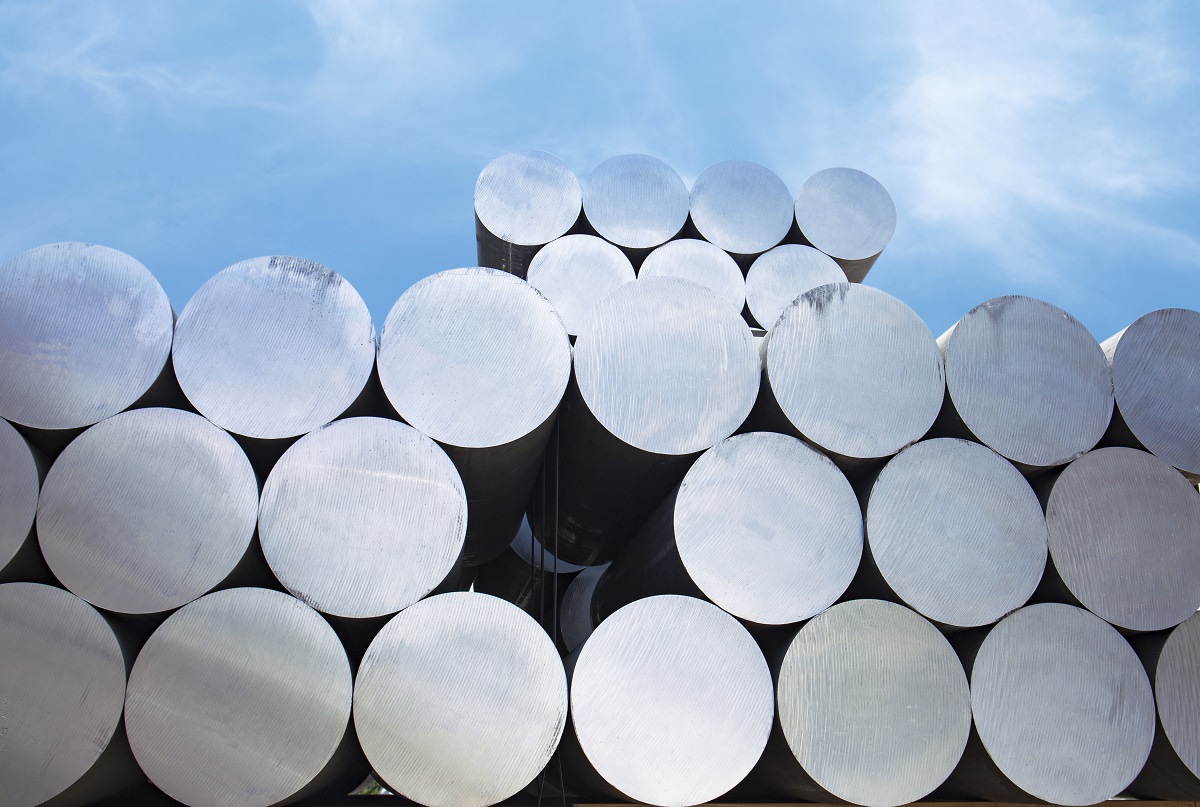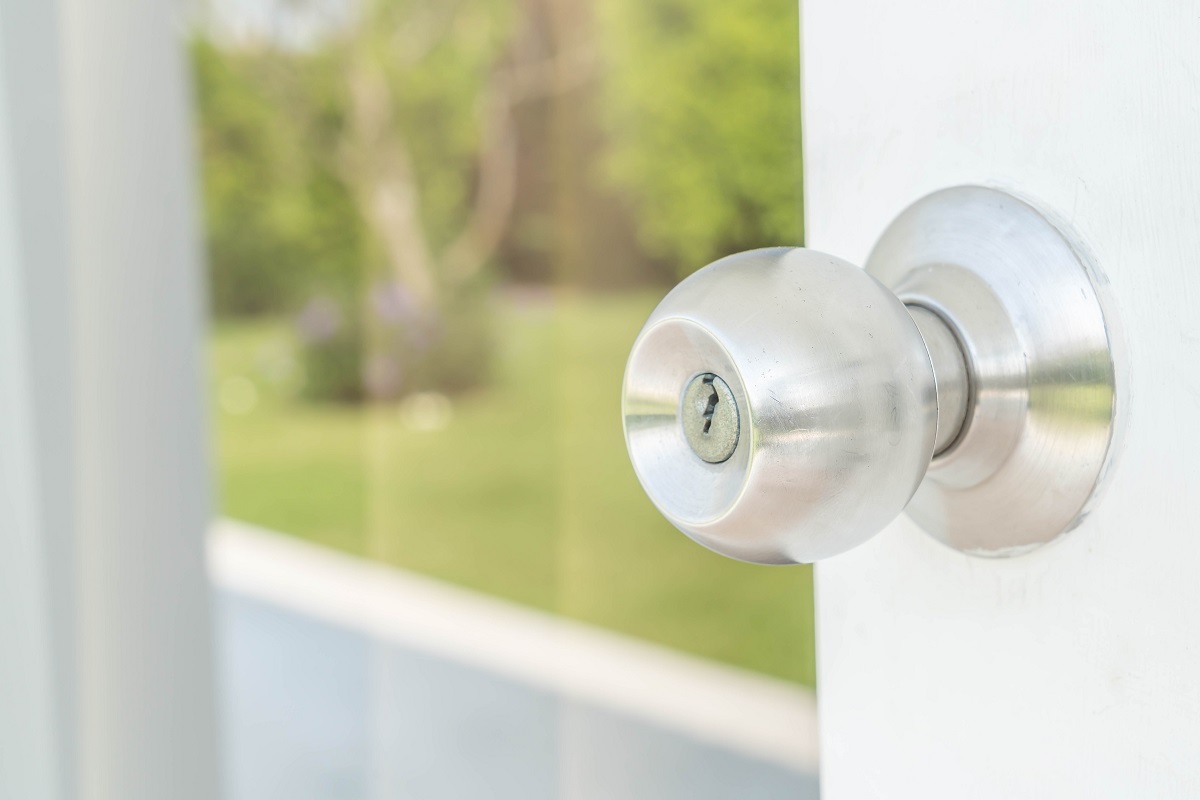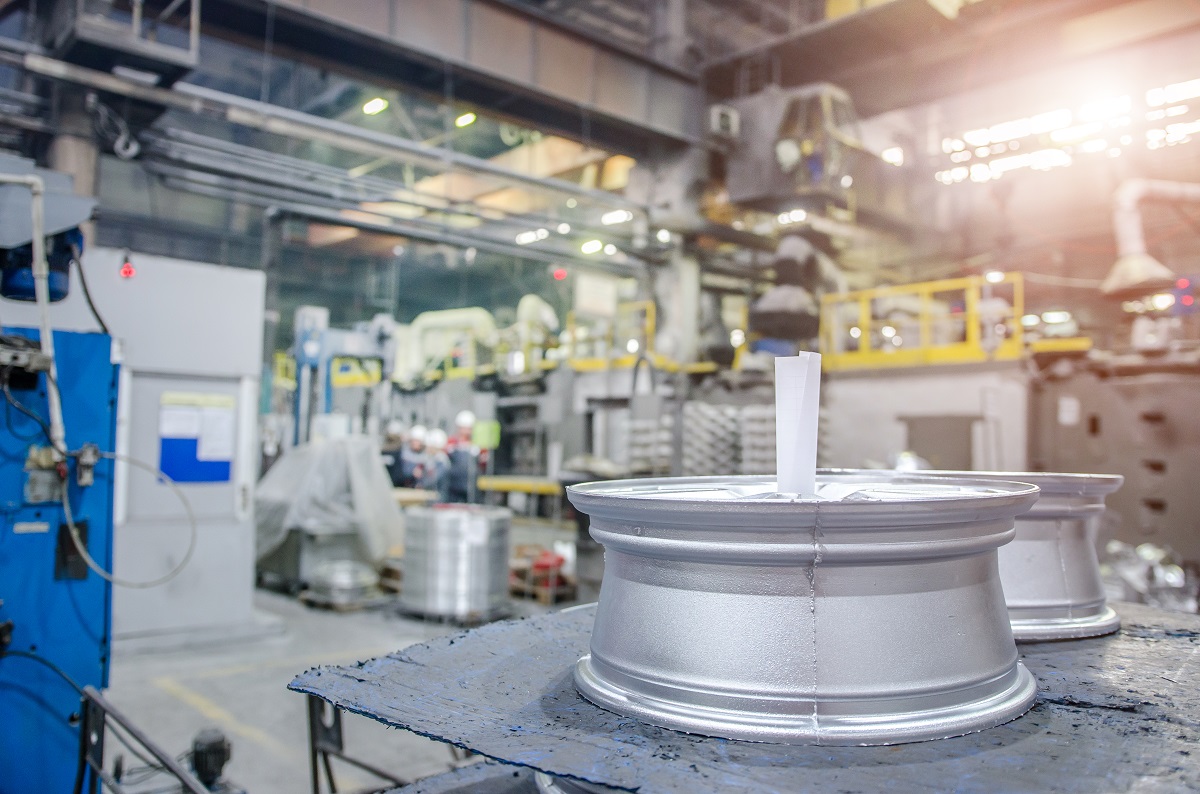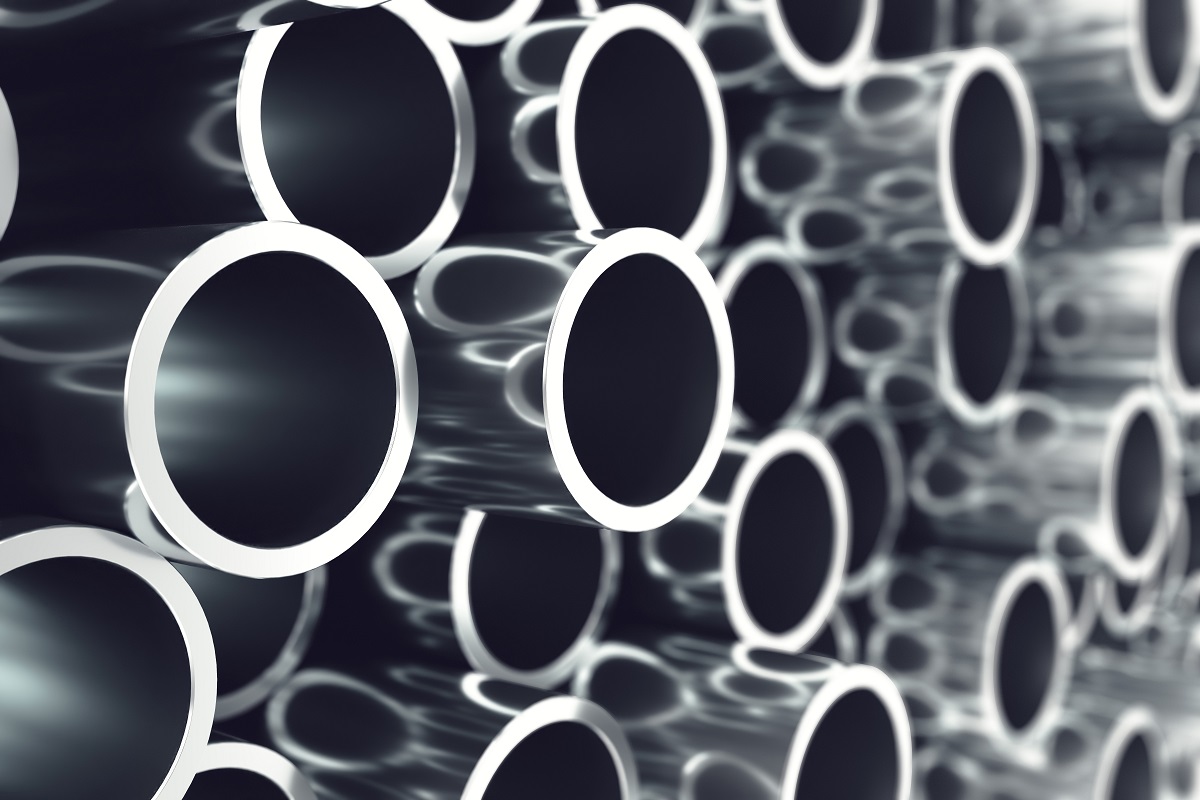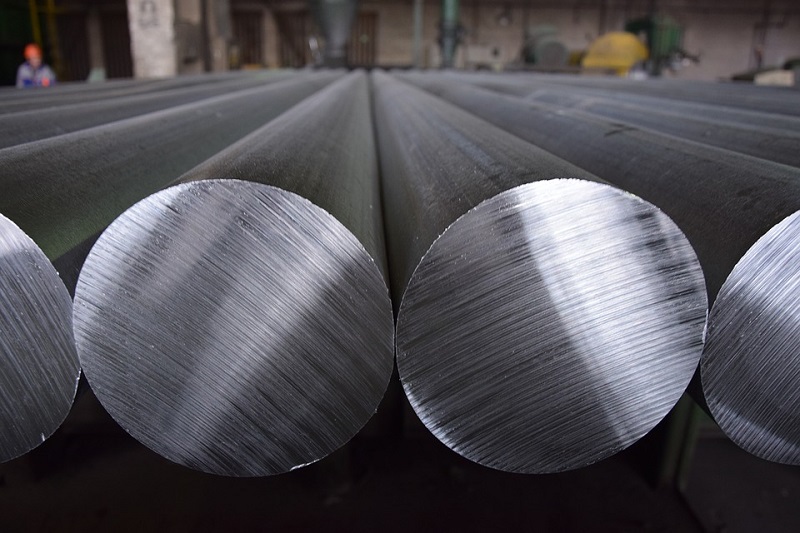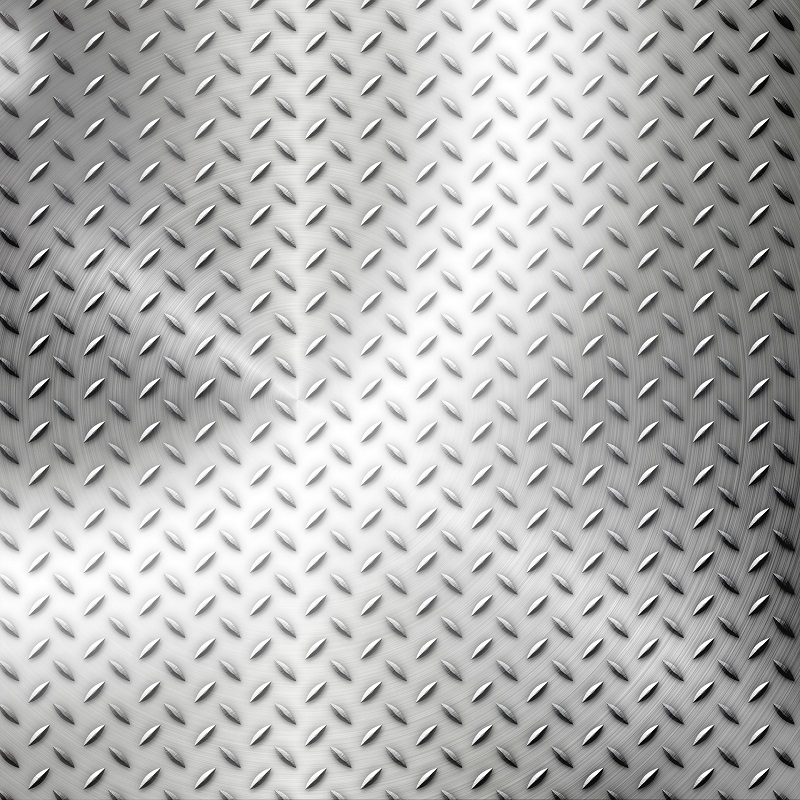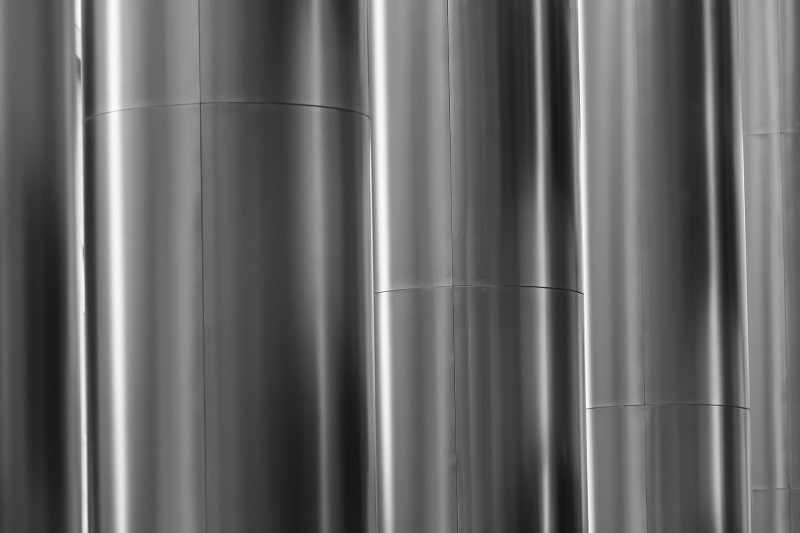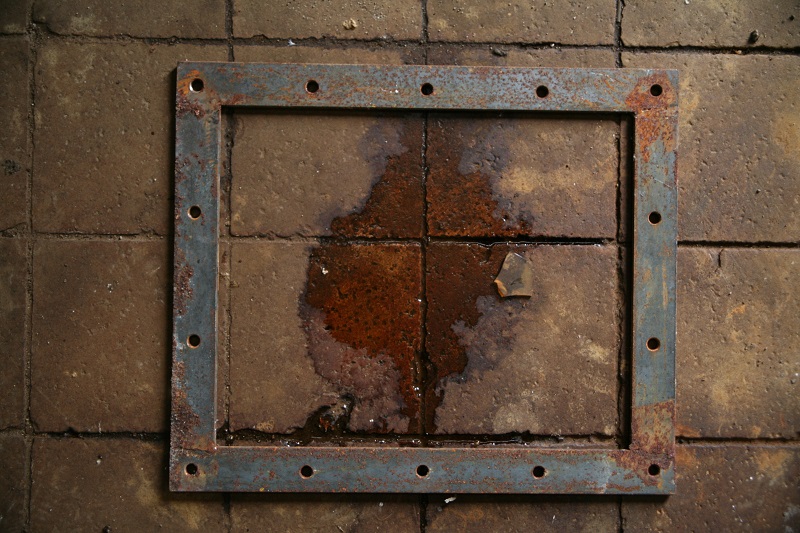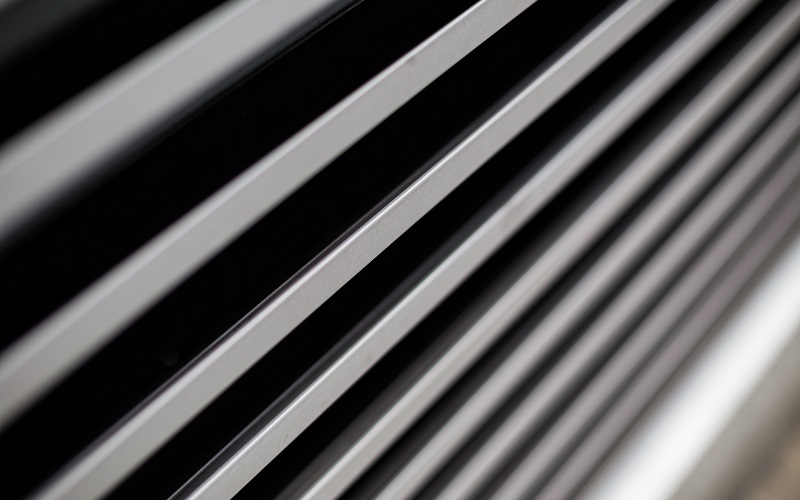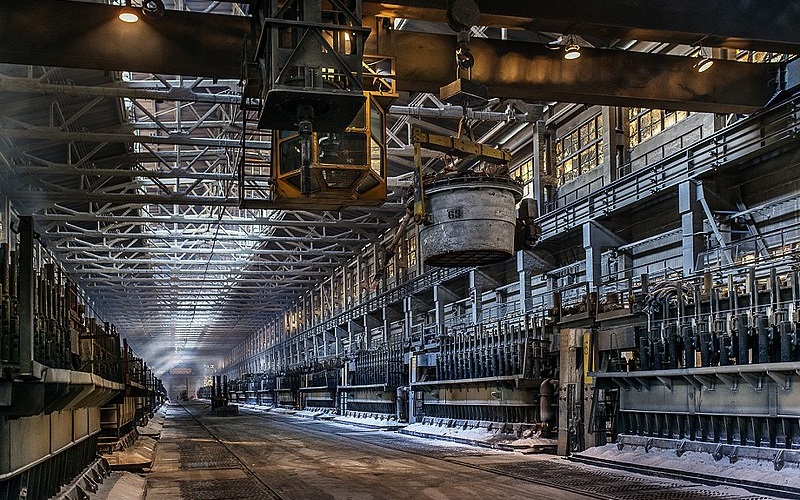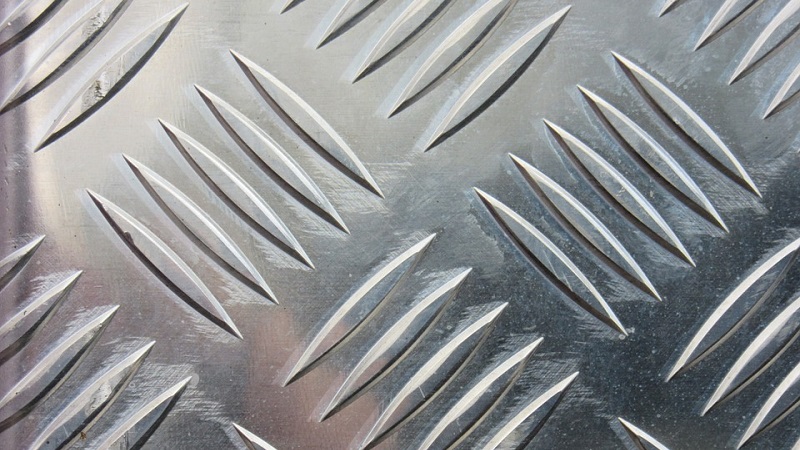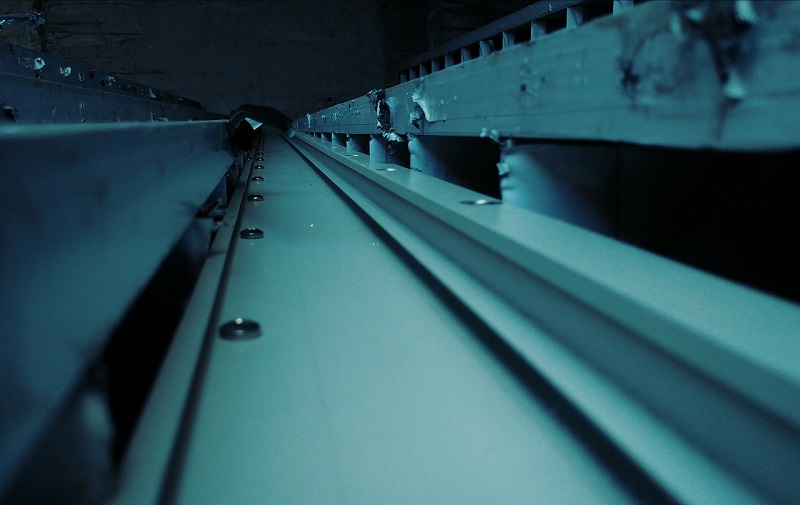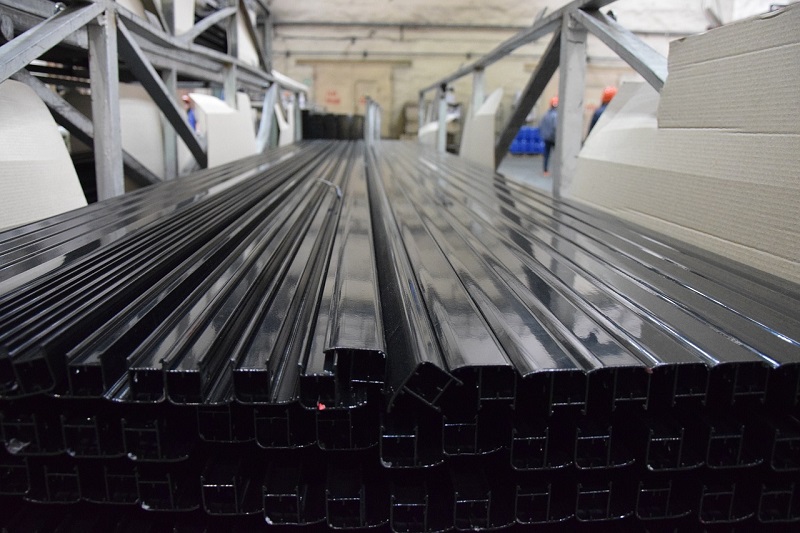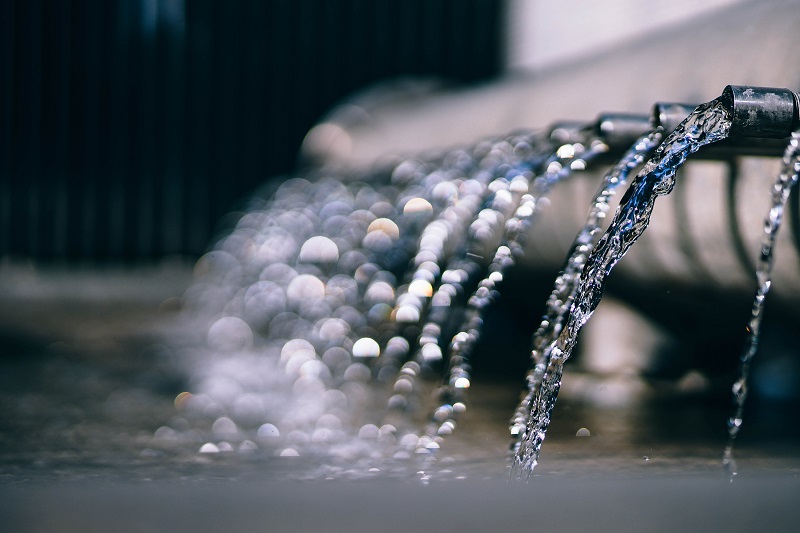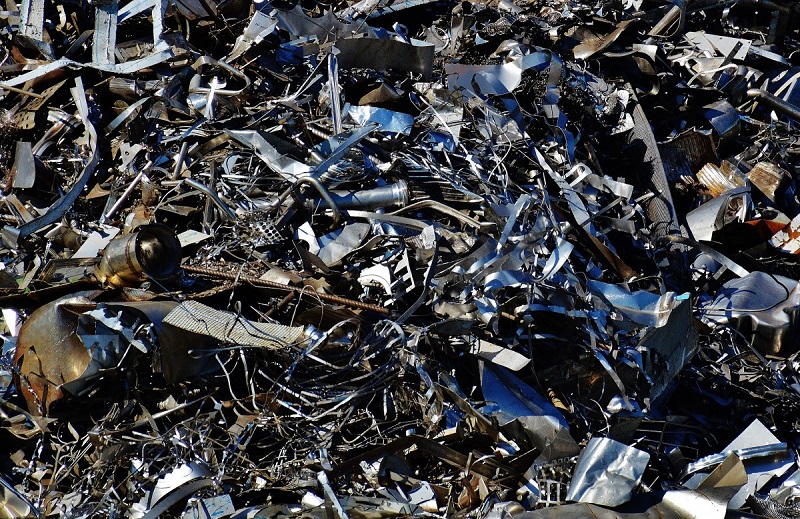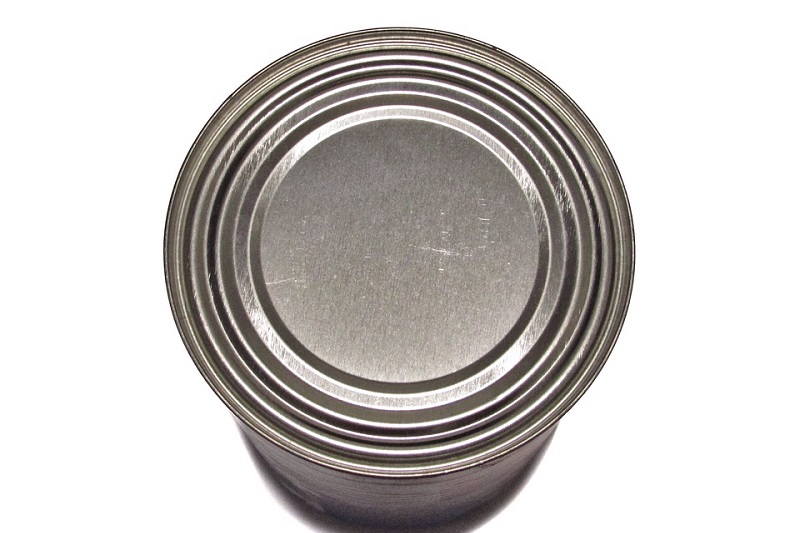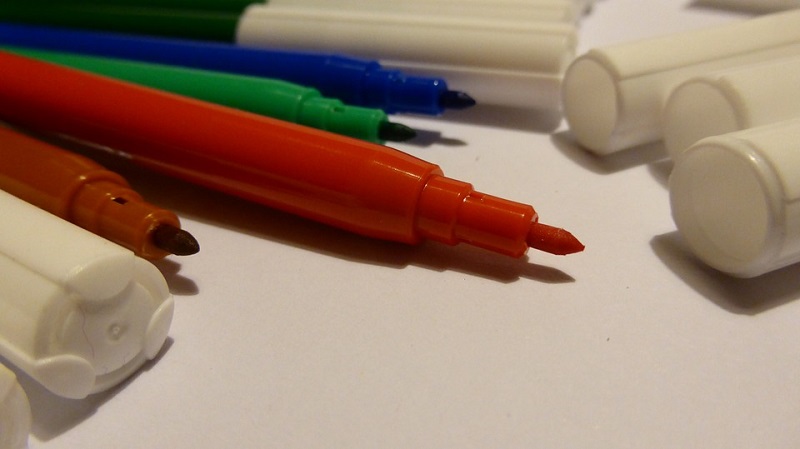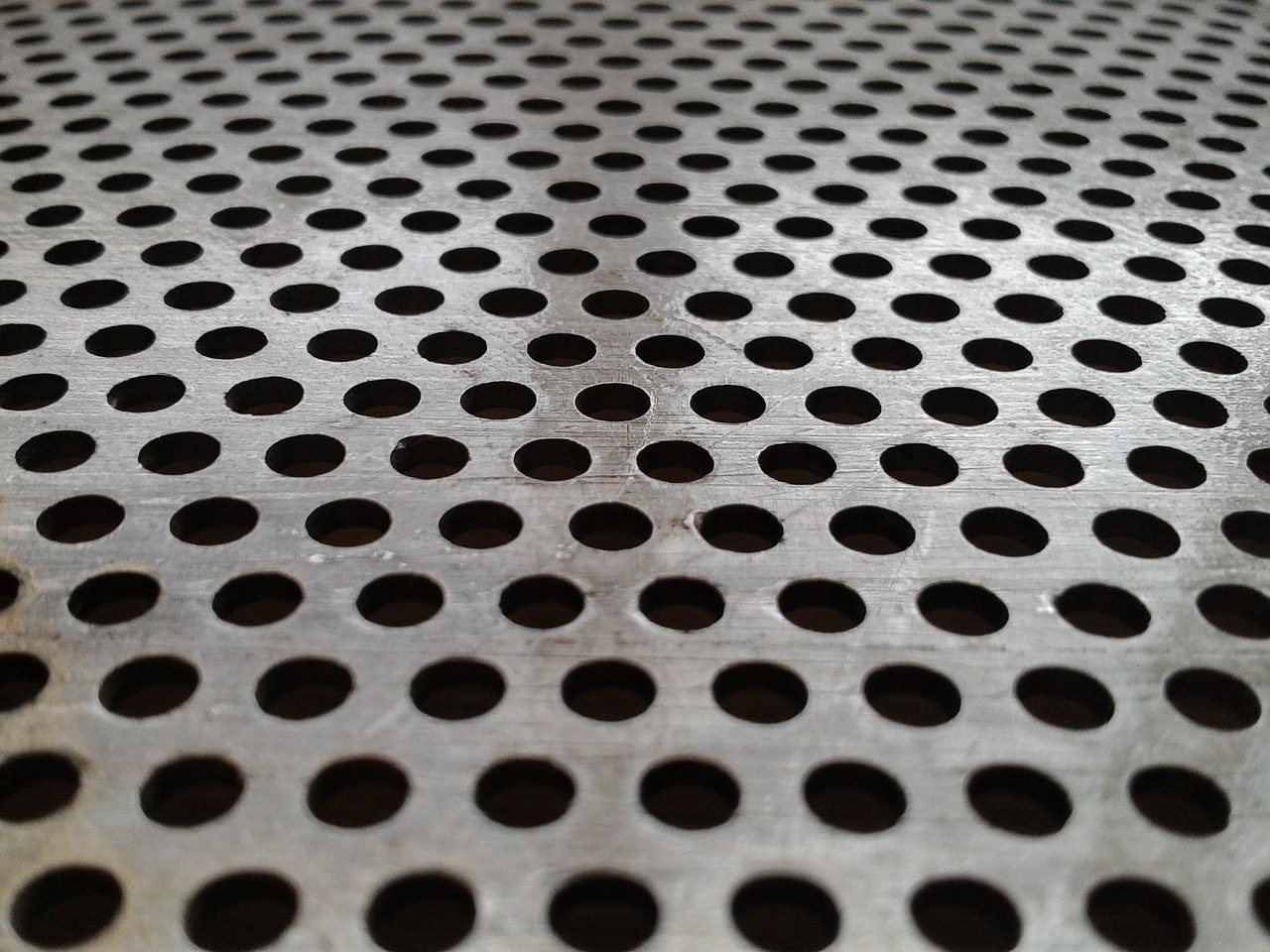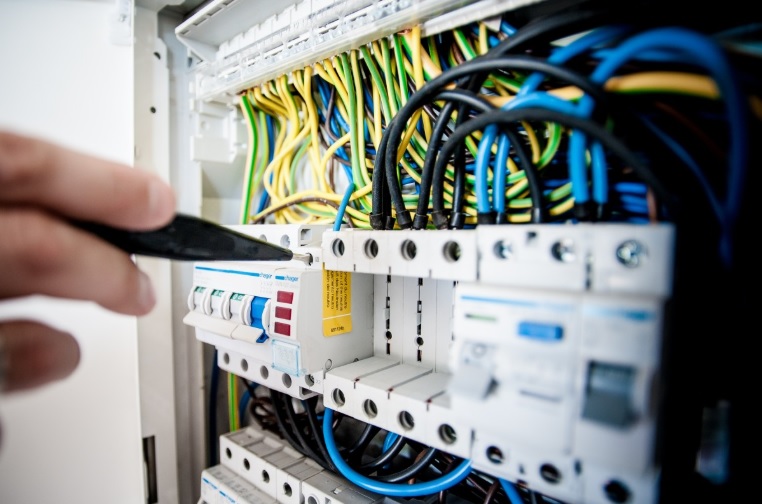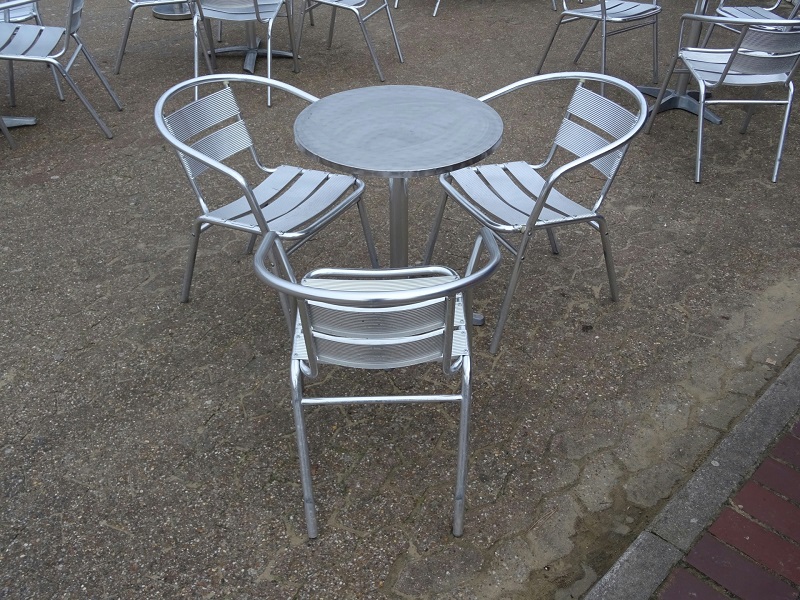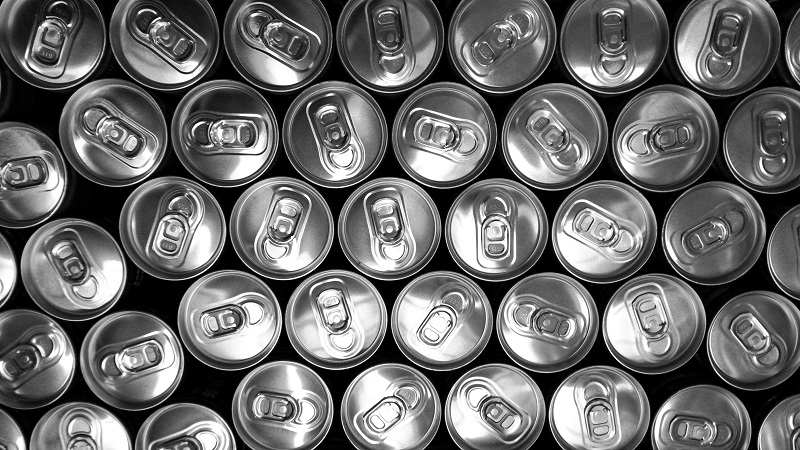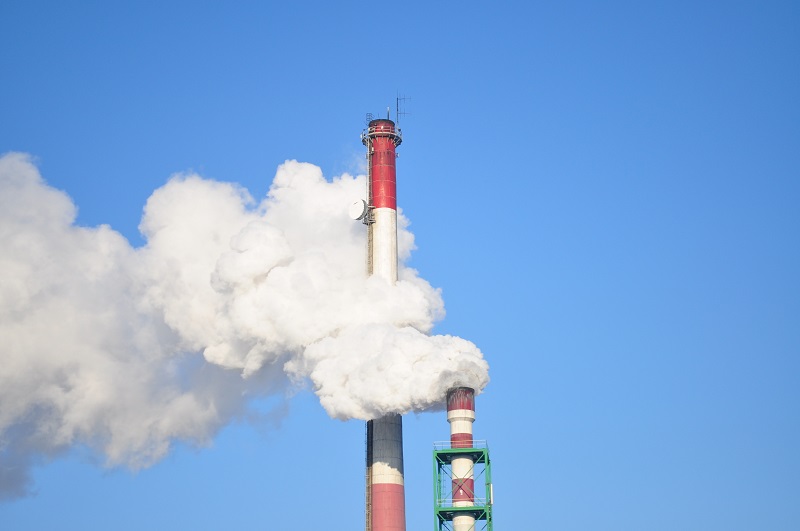What are the best ways of strengthening aluminum?
- Cold working
- Heat treatment
- Alloying aluminum
- Natural aging
Aluminum is one of the most abundant substances on the planet. People encounter this element most frequently at grocery stores as one of the most widely-used types of beverage containers. The food industry has been taking advantage of aluminum’s highly-malleable properties, and in turn, the consumer also largely benefits from it. There are many ways of strengthening aluminum to make it more useful in various types of manufacturing processes outside of the food industry. It can be molded and transformed into a material that can be used for architectural, or transportation implements. The list below will hopefully provide you with brief information on the various ways present to strengthen this highly-versatile material.
Cold working
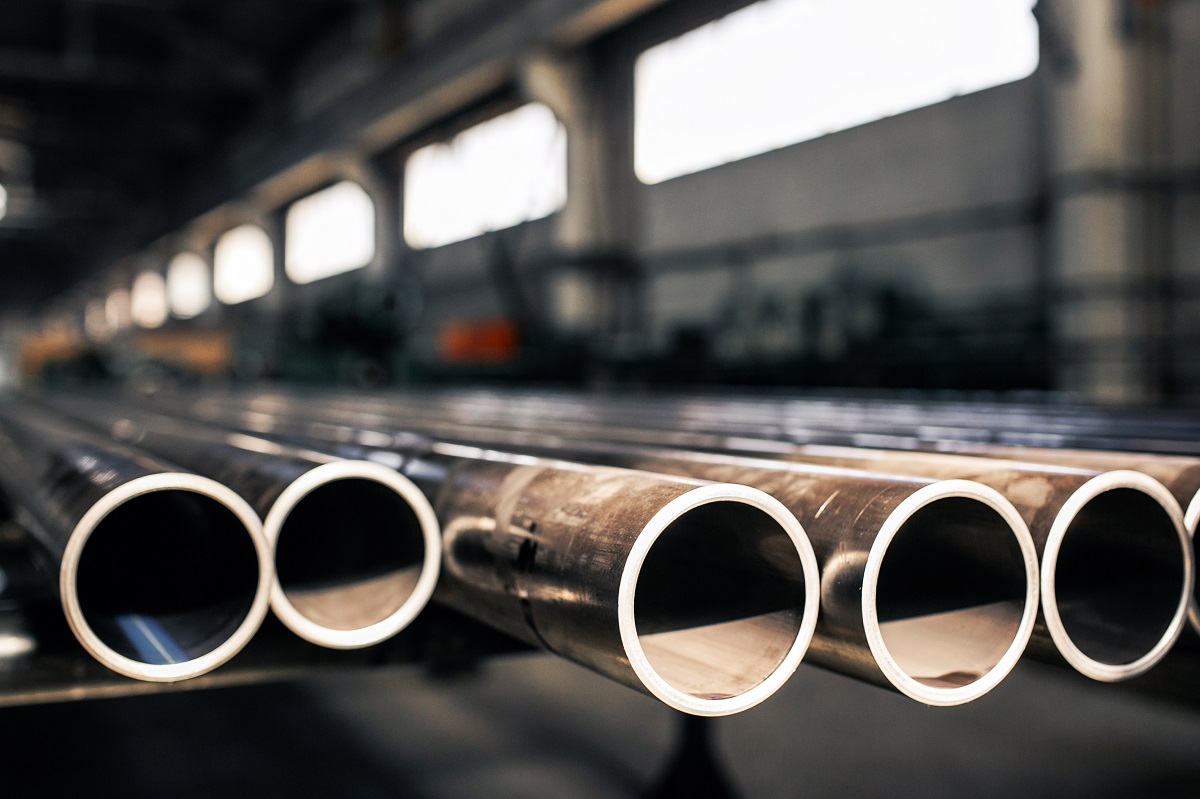
The average person knows that one of the ways by which malleable types of metals are shaped is through the application of heat. A popular image that might cross people’s minds involves that of a blacksmith pounding heavily on his anvil, in order to shape a particular material into the desired figure.
There is, however, another type of way by which metals are transformed in order for them to acquire highly-desirable properties, and this is called cold working.
The process of cold working is most commonly used for steel, aluminum, and copper. Instead of subjecting the metal to high levels of heat, cold working aluminum involves exposing it to temperatures that are far below the recrystallization point of the metal. In its simplest sense, the recrystallization point, or temperature, is the point below the metal or material’s melting point. Exposing aluminum to such temperature levels alters its crystalline structure, thereby strengthening it.
The downside of cold working aluminum is that it inevitably reduces the rate at which it is able to change shape before breaking. Despite this, however, its properties remain considerably stronger than before the conduction of the process.
Heat treatment
Strengthening aluminum by the application of heat is perhaps one of the most common processes to achieve the goal. This application of heat, however, is not simply the mere exposure of aluminum to a furnace, or a stove. Every single element of the heat-treatment process must be meticulously examined and monitored, in order to strengthen aluminum successfully. There are various ways of heat-treating aluminum such as homogenizing, annealing, and precipitation, just to name a few.
Homogenizing aluminum involves the redistribution of precipitating alloying elements. Simply put, a precipitate is an insoluble solid emerging from a liquid solution. This process involves three stages, namely heating-up, soaking, and cool down. Usually, this process is conducted through the application of heat in temperatures ranging from 450 to 600 degrees Celsius.
On the other hand, annealing is a process that is conducted usually after a metal has undergone cold-working. Through this process, the metal’s ability to deform without getting fractured increases. The hardness of aluminum is also reduced after undergoing this stage. Annealing has another benefit which improves a tool’s machinability. This is especially useful, particularly for tools like aluminum hammers, in that the tool’s wear and tear might be significantly reduced.
Lastly, the precipitation process involves the complete precipitation of dissolved elements, at temperatures ranging from 240 to 460 degrees Fahrenheit. This process will enable aluminum to reach its maximum hardness.
Alloying aluminum
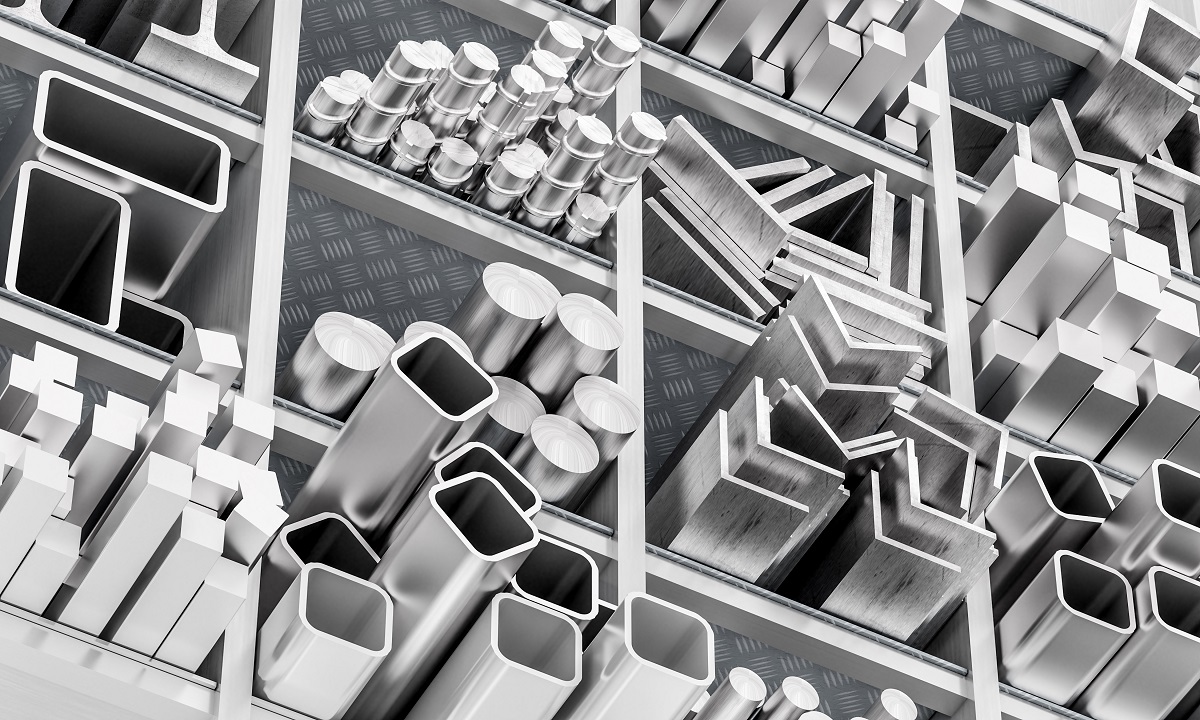
The concept of combining two or more metals in order to produce a stronger metal is not a foreign concept. This process has been existing for around 5000 years, wherein these metals are first melted before dissolving them into each other. Following this logic, combining aluminum with the right type of metal can strengthen it, exposing itself to further possibilities with regards to its industrial usages.
Some of the most common metals by which aluminum is frequently alloyed with are silicon, zinc, magnesium, and copper.
An aluminum-zinc alloy will produce a tool useful in the construction industry, called the brazing rod. Similar to welding, brazing is a type of metal-joining technique. Through this process, the pure aluminum alloy has been repurposed, to become more useful in the field of construction.
Natural aging
You might be wondering how exactly leaving an aluminum alloy by itself would strengthen it, but this process is also related to precipitation. Briefly, once more, precipitation involves the dissolution of elements at certain temperatures. Naturally aging a metal, on the other hand, does not require any heat intervention.
This process usually occurs at room temperatures and takes just a little under a week for the aluminum to reach its full strength. Essentially, allowing the elements within the metal naturally dissolve over a given period of time would strengthen the aluminum.
If you’re someone looking to cut down costs on expending energy, this process would be the best fit for you, as it does not require too many complex tools and processes.
Key Takeaway
There are unlimited ways of strengthening aluminum. Just some of the most important factors to consider are the availability of tools, the complexity of the process, and the available time period. This guide has hopefully given you an idea of the various ways to improve aluminum and to make it more useful in a variety of other processes.
